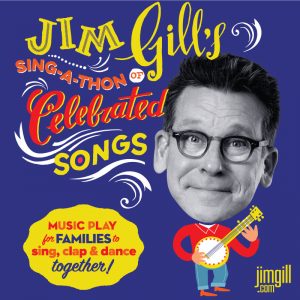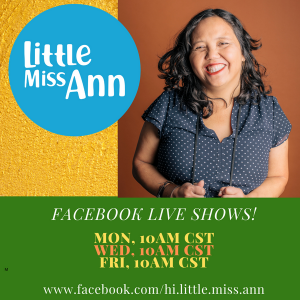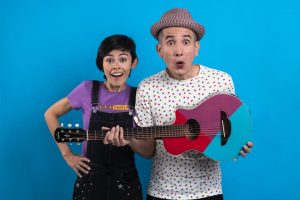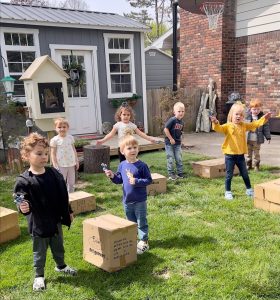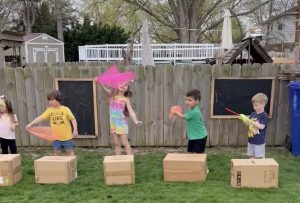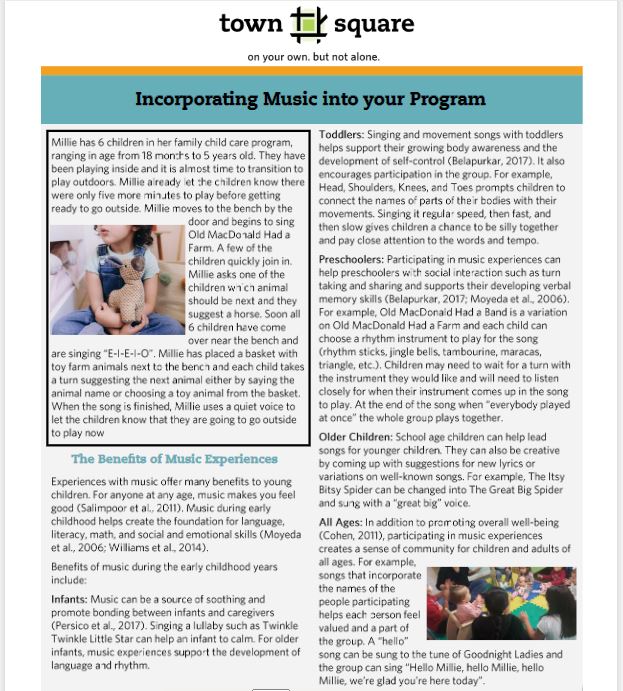Visual arts, music, and drama are important elements of education for all ages, but in the early childhood years, children are especially eager to engage in these activities and find new methods of self-expression. Exposure to the arts is valuable for children’s development in its own right, as well as beneficial to their language, math, and fine motor skills.
“Music gives a soul to the universe, wings to the mind, flight to the imagination, and life to everything.”
– Plato
Sometimes you need a new artist to liven up your dance parties or offer comfort or singing together time. These are a few of our favorite artists!
Jim Gill – A energetic performer with the best banjo! Join him on YouTube for music and a reading of his funny opera
Little Miss Ann – Enjoy tunes like “Dim Sum for Everyone” and “Tong Tong Tong”
123 Andres – Grammy award winner and bilingual children music singer. Check out “Estoy creciendo y aprendiendo” or “Talentos y habilidades”
Bringing or building musical instruments outside can be a great way for children to practice coordination, creativity, rhythms, and tones in a setting that allows them to create a great range of auditory experiences.
To deepen children’s thinking, encourage them to hit different parts of their drum with the stick to see if the sound changes; note when they make louder/softer sounds, and how the achieved it; and help them to create and test hypotheses about how changing their instrument will change the effect (i.e. what would happen if you put a leaf on your drum, and hit that with the drum stick?). By exploring these different traits of the music they create, children are learning about differences in tone and volume, two important concepts within musicianship. As they drum and dance, they are also practicing bilateral coordination (moving both sides of their bodies at the same time), a big skill for pre-writing.
Your instruments don’t need to be complicated. Some boxes and sticks can go a long way! Consider also including recycled cans (with sharp edges covered!), making shakers from water bottles and beads, or wooden spoons —see LOTS more ideas for a variety of ages here.
Instinctively, we are all drawn to music, singing, playing an instrument, dancing, or humming a tune. Music can help us relax, focus and feel happier. Music isn’t only for adults; children are drawn to music, too, and there is tremendous benefit from it.
This research-to-practice resource created by Town Square showcases the benefits of music experiences for children and ways to incorporate music throughout the day in your program.

